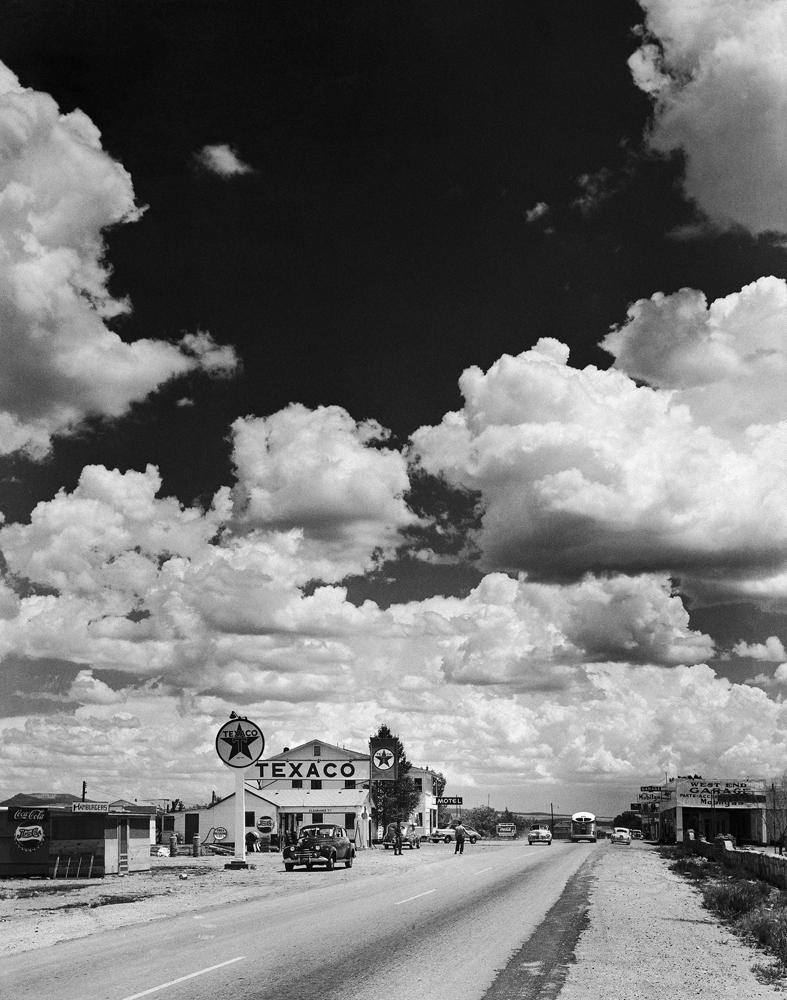
One could search long and hard before finding a more stirring two-word phrase in the English language than “road trip.” It works with families, couples, old friends, new friends: pack two or more people into a car with some good music, high-sodium snacks and no fixed, unshakable destination, and you’ve got the ingredients for an excellent adventure.
After all, the car—or motorcycle, or VW microbus—is far more than a mere utilitarian contrivance. For roughly the past 100 years, ever since Henry Ford began mass-producing his revolutionary Model T, Americans have been engaged in a love affair with automobiles and, in a much larger sense, with the enduring myth of the open road. Has there ever been a culture that extolled movement for the sake of movement as fervently as 20th century America? In movies (It Happened One Night, Easy Rider, The Straight Story, Lost in America and countless others) and, of course, in popular songs (by Woody Guthrie, Chuck Berry, Springsteen, Lucinda Williams, Dylan and the rest) the notion of slipping behind the wheel and simply taking off is celebrated to the point where road-tripping feels like as close as we might come to a national religion.
In 1947, Andreas Feininger made a photograph in Arizona that might be the single most perfect picture ever made of the single most famous road in America: Route 66, the 2,400-mile “Mother Road’ that runs from Chicago through Missouri, Kansas, Oklahoma, Texas, New Mexico, Arizona and finally across the Mojave to Los Angeles. The picture is a remarkable distillation of an idea: namely, that the American West is a place where people find themselves, or lose themselves, amid heat, sun, open spaces, enormous skies.
[MORE: See LIFE.com’s Feininger “Photographer Spotlight”]
Despite the fact that Feininger’s photograph is packed with “information”—cars, a bus, human figures, a gas station, a garage, towering clouds, an arrow-straight ribbon of road to the horizon—its essential emptiness can be read as a metaphor for the blank slate that innumerable people have sought in the West. Here is where you can redefine yourself, the scene suggests. Reimagine yourself. Reinvent yourself. Then keep moving.
Like the American West itself—or like the mythical West of our collective dreams—Feininger’s Route 66 feels both companionable and limitless. We want it to go on forever, and deep down we believe that if only we have wheels, and enough time, and enough fuel, it can.
Ben Cosgrove is the Editor of LIFE.com

More Must-Reads from TIME
- Donald Trump Is TIME's 2024 Person of the Year
- Why We Chose Trump as Person of the Year
- Is Intermittent Fasting Good or Bad for You?
- The 100 Must-Read Books of 2024
- The 20 Best Christmas TV Episodes
- Column: If Optimism Feels Ridiculous Now, Try Hope
- The Future of Climate Action Is Trade Policy
- Merle Bombardieri Is Helping People Make the Baby Decision
Contact us at letters@time.com